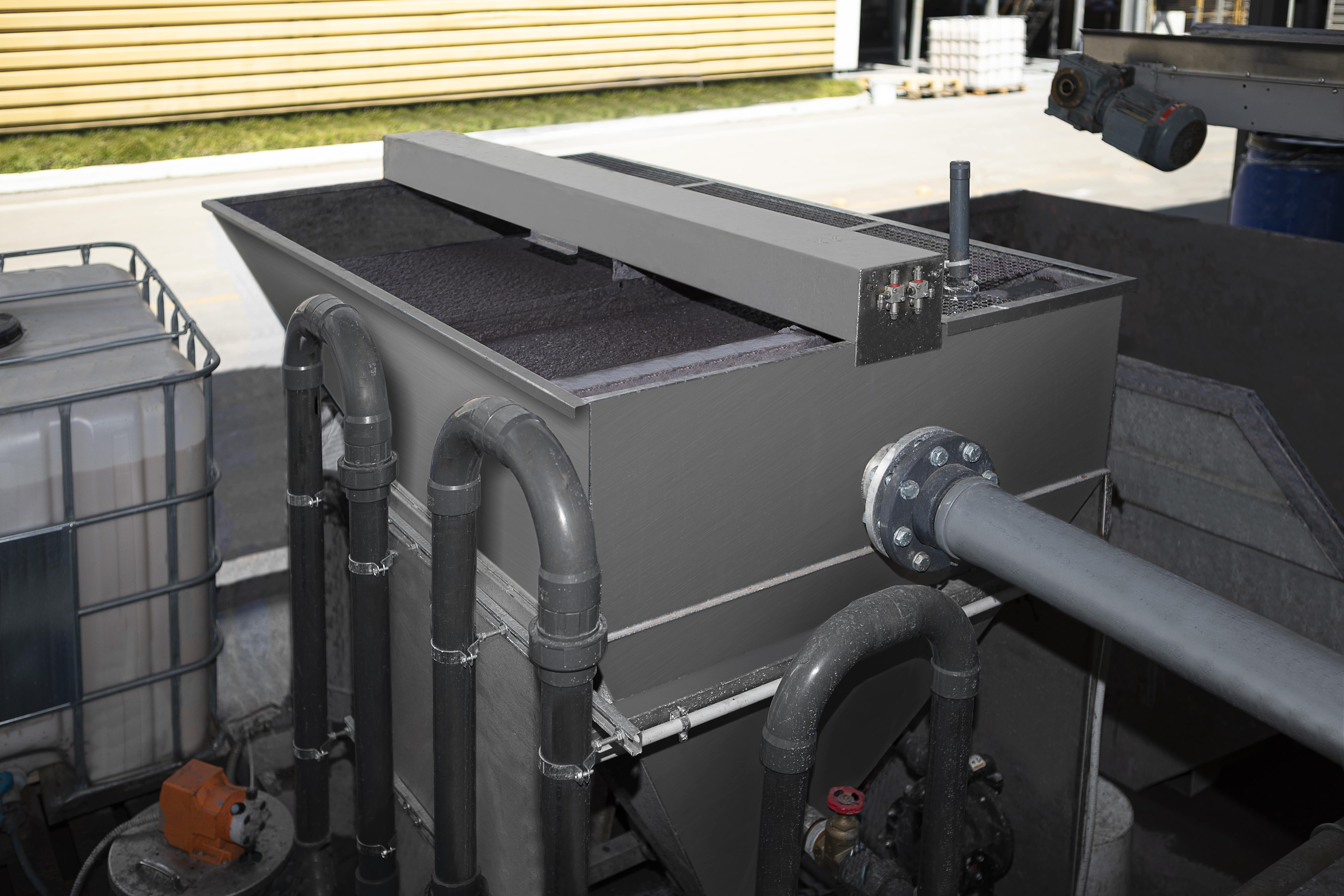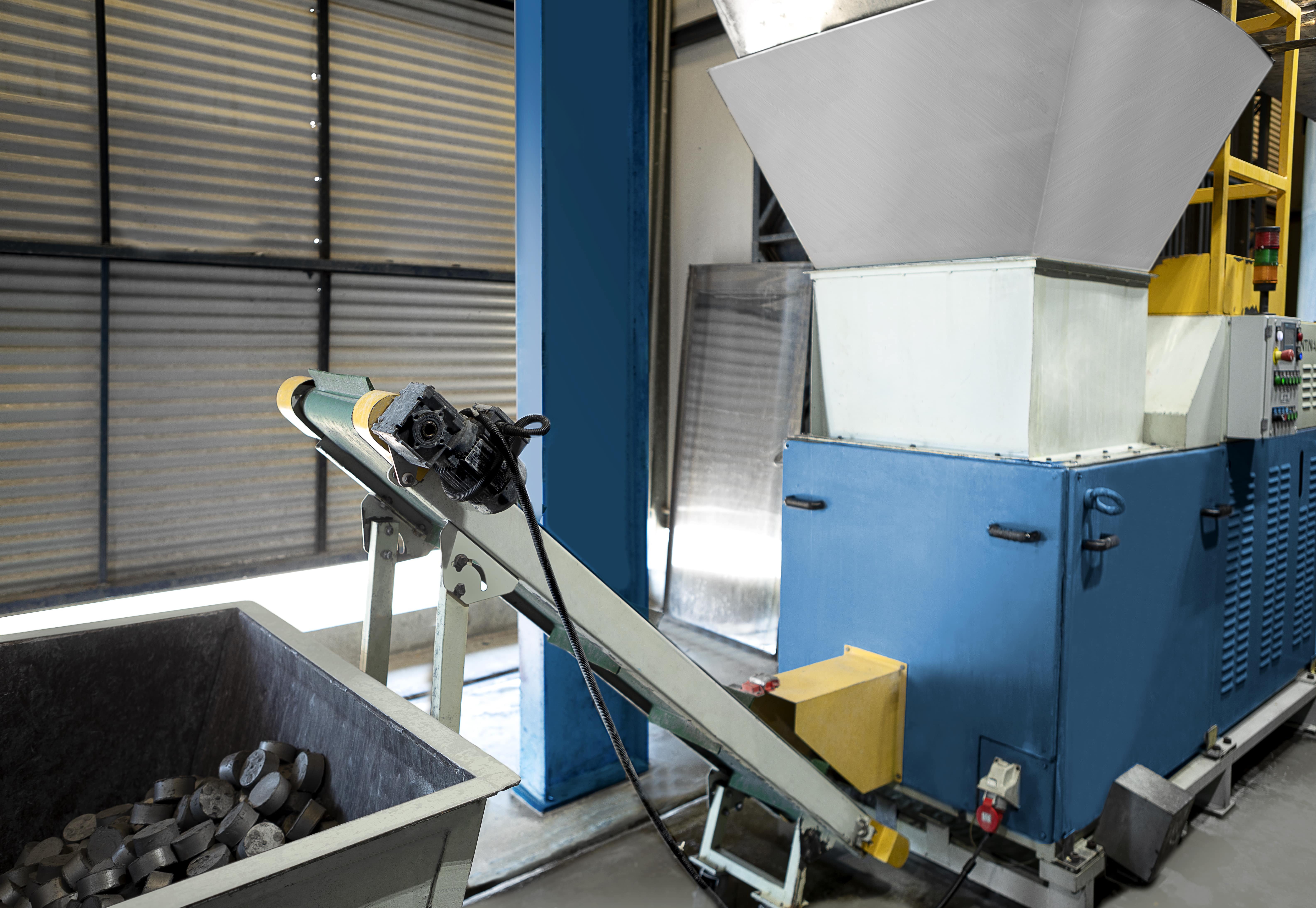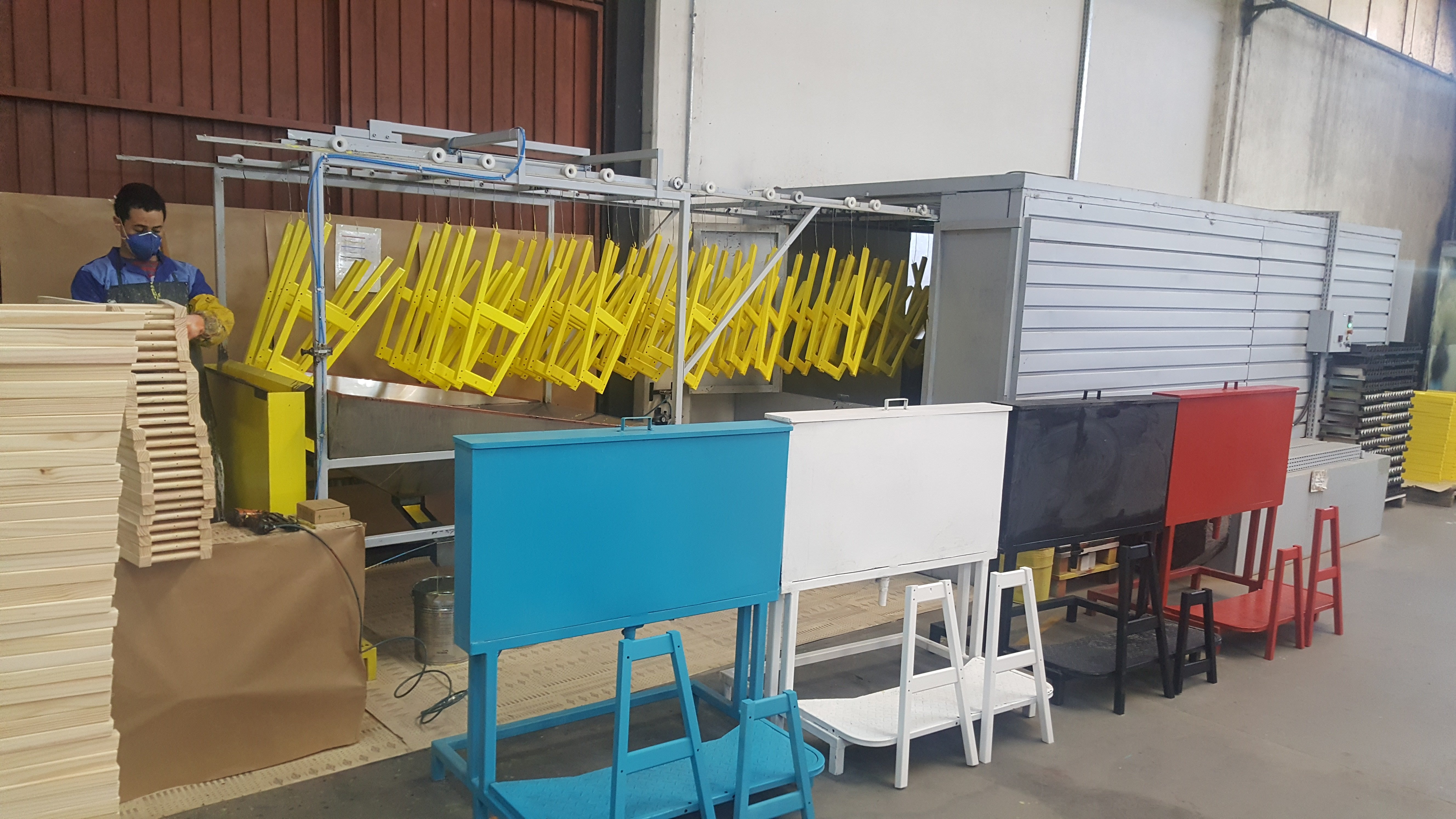

For Tramontina, sustainability is an action. There are many measures that can be taken to reduce waste and energy consumption, and these measures permeate all areas of the company.For Tramontina, sustainability is an action. There are many measures that can be taken to reduce waste and energy consumption, and these measures permeate all areas of the company.
At Tramontina Sudeste, LED bulbs have replaced the warehouse's metal vapor lamps, generating a 30% increase in lighting and a 69% reduction in electrical costs. There was also an investment in a natural ventilation system (using translucent lenses) that improved lighting, contributed to a decrease in temperature of 5ºC and made the ambience more comfortable.
At Tramontina Cutelaria, in the Starflon Division’s Disc Preparation sector, a system for the pre-treatment of effluents generated in the nonstick paint application process (called Hidrofloty) was installed. By means of this equipment, all the effluent generated in cleaning the nonstick coating machines is conducted to a tank, where the effluent undergoes a physical-chemical treatment that separates the paint particles from the water by a flotation process. These particles are suspended in the upper part of the float tank and, by means of a scraper, the paint sludge is removed as solid waste.

After the water is drained, the waste is sent for co-processing. There, it generates energy in the cement production chain. The water, after the paint particles have been removed, is reused in the closed-circuit process. With this system, the factory was able to reuse the same water for over a year, only adding water as needed to replace loss. This results in great water savings, reduced volume of effluent treated at the Effluent Treatment Station and reduced sludge sent to the company's Class II Landfill. Another advantage is related to the industrial process as the areas used for disposal of this effluent are kept constantly clean, thus reducing operating costs.
Tramontina Cutelaria also sends part of the steel chips waste generated in blade manufacturing to Gerdau. This waste, just over 2,000 cubic meters per year, was previously sent entirely to the company's landfill, but now has a more noble destination as it returns to the steel production chain. Since the beginning of the new practice, about 400 tons of the briquetted waste is no longer sent to the Class II landfill. In addition to environmental gains, the new practice generates revenue for the company.

At Tramontina Madeiras, the maintenance team developed an immersion-painting line. The painting process was performed by the use of automatic spray guns and there was considerable waste of paint. Now the painting is done by immersion, which means the furniture is submerged into a tank and the excess paint material drips back into the tank to be reused. Losses have been reduced by 70%.

At Tramontina TEEC, the war is on styrofoam, a material that is non-renewable and difficult to recycle. Through an automation process used on the packaging line for containers and sinks, the factory eliminated the use of styrofoam in the final packaging of most products and over 338,000 liters of styrofoam are no longer shipped to customers. The production line is now 10% more productive and, as a result, the end consumer is relieved of finding a destination for more waste – it’s a win-win situation.